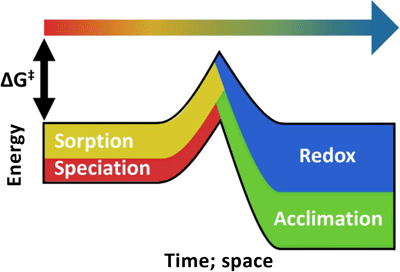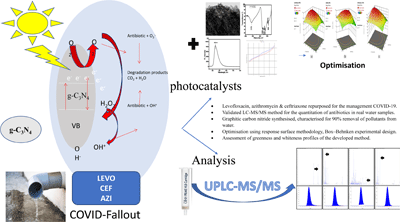Environmental context. The process of ethylene ozonolysis is an essential source of CH2OO radicals, and the latter is an important oxidant for the atmospheric pollutant SO2. The accuracy of a widely used atmospheric chemistry model (Master Chemical Mechanism, MCM) in quantifying SO2 oxidation has not been evaluated. In this study, this accuracy was evaluated, and optimal parameters underpinned by data from smog chamber experiments.

Volume 20 Number 6 2023
Environmental context. Decades of research tried to understand the inherent complexity of biodegradation of contaminants. We describe calculus of biodegradation driven by bioavailability, redox, geometry and acclimation (adaptation) of microbiota. We tested predictions for thousands of contaminants across wastewater treatment plants, explaining up to 70% of the variance in observations. This competes with more intensive methods, and enables more efficient monitoring, experimentation and data interpretation.
Environmental context. The consumption of repurposed antibiotics increased due to the management of COVID-19, which in turn led to their increased presence in wastewater and potential environmental effects. This change has created a greater need for their analysis and treatment in different environmental water. This work presents a safe, low-cost method for analysing and treating water samples to ensure their suitability for human and animal use.
EN23092 Abstract | EN23092 Full Text | EN23092PDF (3.6 MB) | EN23092Supplementary Material (911 KB) Open Access Article






